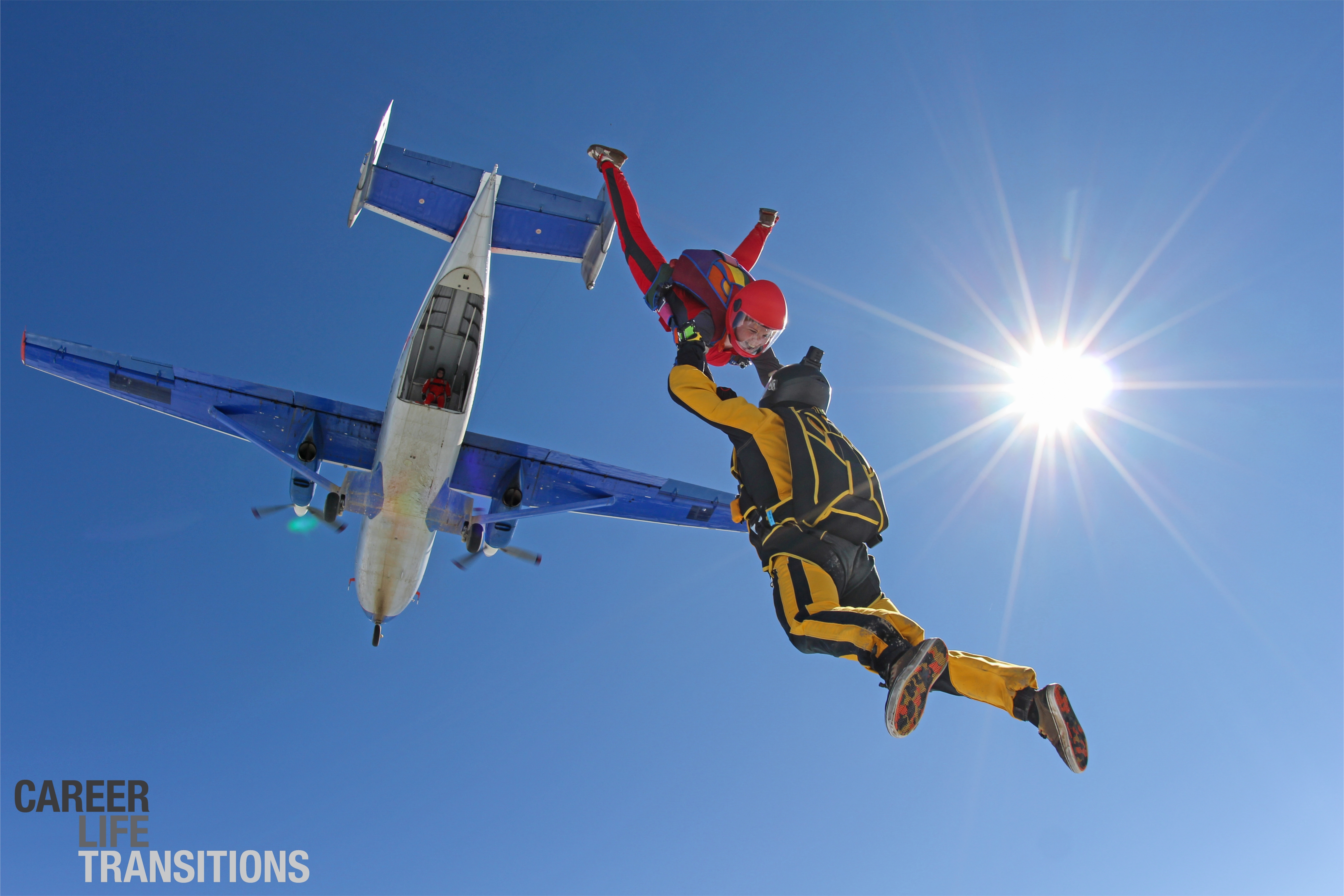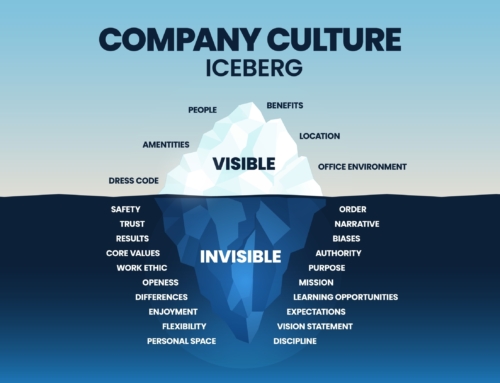Few people would realise that prior to taking on the role as General Manager at Career Life Transitions I was a skydiving instructor.
I have over 4000 jumps under my belt and have worked all over the world including drop zones in Spain, Sweden and the USA.
As a skydiving instructor I was at the coal face of developing a set of competencies in people that were required to save their lives in an incredibly stressful environment.
If you want to understand how people learn,
retain
and demonstrate a skill,
it doesn’t get more critical
than when they’re about to jump out of a plane.
Taking someone from a complete lack of understanding and competency and getting them to a point of being able to survive and thrive in a life or death situation within a short period of time was part of the job. And all the while the candidate was in a highly emotional and stressed state, either through fear, excitement or a big mix of both.
So how did I successfully coach skydive students through the training?
-
Emotional empathy: my students were extremely excited (and frightened at the same time). Acknowledging the range of emotions and making it clear that their feelings were understood and natural was very important for me as their instructor.
-
Clear unambiguous instruction: it’s important to know that the student has a clear understanding of what they need to do?
-
KIS (keep it simple): what were the absolute necessities and need to know topics (80/20)?
-
Practice, practice, practice: repetitive action will be repeated in a stressful situation where conscious thought is compromised (sensory overload situation).
-
One-on-one attention: each person needed to be interacted with on an individual basis; group talk wasn’t enough to ensure the training was understood.
-
Demonstrating the competency in a safe environment: they needed to demonstrate that their new skills could be completed effectively in any given scenario.
-
Checking for mental acceptance: was the person actually ready to undertake the task?
-
…and lastly….’no’ sounds a lot like ‘go’ when the door of the plane is open and it’s windy!! (kidding! ;-))
Developing people in a work environment is not as extreme as training people for skydiving but the lessons are the same. No one is going to die if it all goes wrong in a corporate environment, but there are still consequences.
Developing a level of competency takes time, attention, ongoing focus and understanding, which is why we strongly recommend one-on-one coaching for organisational leaders.
Changing behaviours and reactions in stressful situations
has parallels with skydiving
and it’s clear that classroom learning is not enough.
Our corporate coaching experience is extensive and focuses on results, because at the end of the day, it’s the outcomes that matter.
Career Life Transitions has extensive experience in skills assessment, leadership development, organisational restructures and organisational cultural assessment and development. For further information, how we can help transform your business and it’s people, please contact us.














Dr Susan Roberts says: